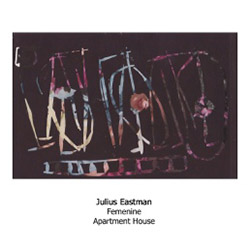
A live recording of Julius Eastman's 1974 work "Femenine" performed by Apartment House led by cellist Anton Lukoszevieze, with Simon Limbrick on vibraphone, Kerry Yong on piano, Mark Knoop on keyboard, Mira Benjamin on violin, and Gavin Morrison and Emma Williams on flute, an ecstatic and intricate work using a repeating figure contrasted with both asynchronous and complementing backgrounds.
Out of Stock
Quantity in Basket: None
Log In to use our Wish List
Shipping Weight: 3.00 units
Sample The Album:
Julius Eastman-composer
Simon Limbrick-vibraphone
Kerry Yong-piano
Mark Knoop-keyboard
Mira Benjamin-violin
Anton Lukoszevieze-cello
Emma Williams-flute
Gavin Morrison-flute
Click an artist name above to see in-stock items for that artist.
Label: Another Timbre
Catalog ID: at137
Squidco Product Code: 27303
Format: CD
Condition: New
Released: 2019
Country: UK
Packaging: Cardboard Gatefold
No recording data listed.
"Interview with Anton Lukoszevieze by Another Timbre
When did you first play Julius Eastman's music, and when had you become aware of it?
I first performed Eastman's music in 2016, which was a revelation for me, as the extant scores are rather fragmentary and incomplete, some are even just transcriptions from archive recordings. Actually performing his music opened it out and became rather a wonderful experience with the musicians of Apartment House, who are some of the most amazing musicians I have ever worked with. I have known of the historical figure Julius for many years, mainly by association with his activities around Buffalo in NY state in the 70's, as a composer and performer. Also I had been aware of him on my radar through composer Mary Jane Leach's tireless collecting of all things Julius. I also met her by chance in NYC in 1998 at a friend's loft. In the experimental community there are a lot of resonances and symbiotic relations that co-exist and generate knowledge about composers and their work, so he has always been there waiting for me I feel.
Why do you think his music was forgotten for so long, and what is it about Femenine that feels right or relevant in 2019?
The main reason his music was forgotten about was because it was unavailable and (much of it) lost. As I mentioned it is thanks to Mary Jane Leach that we have much of the material that is performed now. Other people such as Clarice Jensen did amazing work reconstructing such a work as the 10 cello piece The Holy Presence of Joan Arc from an archive recording. Additionally I think that the mainstream music world, the uptown world, the world of music publishers, were not particularly interested in rediscovering the more experimental work of Julius, which can involve improvisation and a more flexible, intuitive approach to performing music.
What is relevant about Femenine now, in 2019? I am not sure, but there is an acknowledgment that this is very good music, that it is music that comes alive when performed with care and commitment, a lot of pieces are only as good as what the musicians put into them. This is of course quite a 60-70's thing in experimental music, we see it in realising the music of Christian Wolff for example. Julius' music is also quite ecstatic and to my ears gives audiences and performers alike pleasure, whether from some kind of organic groove or a totally passionate immersive experience. Femenine grows from a simple 2 note rhythmic cell in the vibraphone, which is repeated for the full duration of the piece, and in the background we have an asynchronous aural 'curtain' of sleigh bells. Gradually the instruments join this cell, merge with it and interplay in many, many different ways, so that the progress of the work is very much a journey, or like the opening of many beautiful flowers. There are moments of strangeness, instability, joy, melancholy and an aural fascination with heterophonic intricacy and intimacy. Lastly, Femenine is communal music, it instills a sense of community within the listening experience, it is honest and unselfish, it is something we aspire to, it is great music.
Tell us about your artwork on the cover of the CD
I made this print directly after the first time we performed Femenine. It is a linocut printed onto a photograph of flowers taken from an old magazine. The abstract jagged lines were cut as an intuitive response to the feeling of Eastman's music. There is something about the climactic focal points of parts of Femenine which make me think of flowers opening. My art practice is just as important as my musical practice, they intertwine in many different ways.
Apartment House has been in existence for nearly twenty-five years now. How is it organised, and has the music that the group focuses on changed over the years?
I don't feel that Apartment House is organised, in many ways it is disorganised. There is no organisation behind it, no board of directors or a committee. It receives no funding. There are no aims for it, no direction. I am very lucky in that the musicians of Apartment House are very understanding and totally committed to performing. They are probably the best musicians I have ever worked with. I am very responsive to music being composed now and I have a great interest in music that emerged in the heyday of modernist avant-garde and experimental music during the 1950's-70's. Also I like some music from earlier in the 20th century, in particular French music, which I adore.
The very first Apartment House concert featured music by Cage, Christian Wolff, Chris Newman, etc. so in many respects nothing has changed. But for nearly 25 years I have programmed a vast array of styles and types of composition. There was a period of time when we performed quite a lot of German music for example, but if one looks at the programmes we have done, there really is no theme or thread that runs through them.
I am wary of music that I think is just fully composed 'music', which may sound like a contradiction in terms, but really the music that interests me now tends to emerge from many tangibly different influences and sources. There are many types of programmes or composers that I am waiting to perform but that involves effort and opportunities. I prefer to see what descends from the heavens..."

The Squid's Ear!
Artist Biographies
• Show Bio for Julius Eastman "Julius Eastman was born on October 27, 1940 (to May 28, 1990). He was an accomplished composer, pianist, vocalist, and dancer of minimalist tendencies. Julius Eastman grew up in Ithaca, New York, where he worked in his teen years as a paid chorister. He gained plenty of regional attention with his wonderful voice, and began his piano studies at age 14. After only six months of practice, he was playing Beethoven and other challenging classical composers. Eastman attended Ithaca College and transferred to the Curtis Institute of Music, where he studied piano with Mieczyslaw Horszowski and composition with Constant Vauclain. After a few months, Eastman switched his major from piano to composition. Eastman made his debut as a pianist in 1966 at Town Hall in New York City. He possessed a rich baritone voice that caught the attention of the symphonic world when he recorded the 1973 Grammy-nominated Nonesuch recording of British composer Peter Maxwell Davies' "Eight Songs for a Mad King." Eastman's talents as a composer impressed the celebrated composer and conductor, Lukas Foss. In 1970, Eastman joined the Center for the Creative and Performing Arts at the State University of New York at Buffalo, where he met the Czech-born composer, conductor, and flutist Petr Kotik. Eastman and Kotik performed together extensively in the early to mid-1970s, and he became a founding member of the S.E.M. Ensemble, with whom he performed, toured, and composed numerous works. Many of the earliest performances of Eastman's works were given by the Creative Associates Ensemble of University at Buffalo, of which he was also a member beginning in 1968. He taught theory while at the University at Buffalo, but left over what he described as "creative differences." Eastman had hoped to transition to a similar position at Cornell University, in his hometown of Ithaca, but they quickly backed away, and it failed to materialize. Eastman eventually moved to New York City, where he was associated with the Brooklyn Philharmonic, then led by his friend Lukas Foss. Eastman became a pioneering figure in minimalism, and an influential member of the 1980s Downtown New York scene. He performed in jazz groups with his brother, Gerry Eastman, a guitarist and bass player in many jazz ensembles, including the Count Basie Orchestra. Ironically, the only work by Julius Eastman registered with the U.S. Copyright Office is as a lyricist, with his brother Gerry listed as the composer. Julius Eastman was a composer of works that were minimal in form but maximal in effect. His compositions were often written according to what he considered an "organic" principle, by which each new section of a work contained all the information from previous sections, though sometimes "the information is taken out at a gradual and logical rate." The principle is most evident in his three works for four pianos, "Evil Nigger," "Crazy Nigger," and "Gay Guerrilla," all from around 1979. The last of these, an expansive and emotional work, appropriates Martin Luther's hymn "A Mighty Fortress Is Our God" as a gay manifesto. Eastman's "Stay On It" from 1973 was an influential post-minimalist piece that incorporated pop music influences. He frequently performed with the Experimental Intermedia Foundation, and participated in music symposia with Morton Feldman and John Cage. A 1980 selection for Eastman's voice and cello ensemble, "The Holy Presence of Jeanne d'Arc," was performed at The Kitchen in New York City, and he lent his vocal strength to Meredith Monk's ensemble for her influential album, "Dolmen Music," in 1981. In 1986, choreographer Molissa Fenley used his work "Thruway" for a dance called "Geologic Moments" at the Brooklyn Academy of Music. Julius Eastman was a man seemingly balanced between irreconcilable extremes. He was brilliant, but suffered from extreme bouts of schizophrenia; he was celebrated as a star in the avant-garde world of classical music, but was occasionally homeless and sleeping in Manhattan's Tompkins Square Park. But perhaps the greatest difference was addressed by one of Eastman's colleagues who stated simply, he was "a Black, gay man rattling around loudly in the white, constrained world of classical music. Eastman was a living testament to unbounded American opportunity and woeful American inequality." Eastman's mercurial artistry often reflected those conflicting paradigms in his world. His compositions exposed a confrontation that he saw between Western and African music, and conflicting notions of beauty. Eastman's music could comfort one moment and agitate the next. But in the end, he may have been a man who despite his immense intellect and talent, thrashed himself apart trying to live too many contradictions. Eastman also battled alcoholism and drug addiction. He could be immensely charming, but also an acrid, seething, and occasionally impossible man. Sometimes when he spoke, it was difficult to detect if he was being hurtful or humorous. His temperament can even be detected in the titles he assigned his compositions: "If You're So Smart, Why Aren't You Rich," "Evil Nigger," and "Gay Guerrilla." The language was so acidic, it ate away at the concert hall universe, and was perhaps a fitting gesture for someone who saw as much rank hypocrisy as opportunity within its walls. Despondent about what he saw as a dearth of professional possibilities worthy of him, Eastman grew increasingly dependent on alcohol and other drugs after 1983, and his life began to fall apart. At one point, he was evicted from his apartment, his belongings (including most of his music scores) abandoned curbside. Despite an unsuccessful attempt at a comeback, he shuffled between friends' homes in New York City and Buffalo, and slipped into obscurity. Julius Eastman and I had a mutual friend, upon whose doorstep Eastman would occasionally appear. He would stay for a while, and then vanish under the premise of a new musical collaboration or project that required his presence. His friend, John Crawford, had a spacious apartment in a very elegant rowhouse in downtown Buffalo. He also had a stunning, burled rosewood Steinway Grand in his parlor, that Eastman reportedly never touched. It appears his disconnection from his musical past was becoming complete. At his final visit to Buffalo, Julius Eastman was very, very ill. I spoke to him briefly, but was disturbed to see him in such deep crisis. He suffered from insomnia, was emotionally distressed, and, as I recall, very paranoid-certain that the music world was out to destroy him. But the more pressing issue was his rapidly failing health from the effects of AIDS. Within days, Eastman would be rushed to Buffalo's Millard Fillmore Hospital, where he died three days later, on May 28, 1990, from AIDS-related, cardiac arrest. Julius Eastman had descended so far from the public eye that no notice was given to his death until an obituary by Kyle Gann appeared in the "Village Voice" on January 22, 1991, eight months after he died. Eastman's notational methods were loose and open to interpretation, and consequently, any revival of his music has been a difficult task, dependent on the generous efforts of people who worked with him. Many of his compositions and recordings were discarded when he was evicted. But there are some amazing musicians, who are working tirelessly to collect, preserve, and perform his compositions, and keep his unique musical presence available for generations to come. Eastman's music continues to be heard around the world. In December of 2016, the world's first Eastman retrospective took place at the London Contemporary Music Festival, and included a presentation of seven Eastman works and an exhibition, spread over three nights. The following May, "That Which Is Fundamental," a four-concert retrospective and month-long exhibition of Eastman's work was hosted at Bowerbird in Philadelphia, produced in collaboration with the Eastman Estate. We remember Julius Eastman, and thank him for his unique artistry, and his contributions to our cultural landscape and community." ^ Hide Bio for Julius Eastman • Show Bio for Simon Limbrick "Simon Limbrick's involvement in music embraces performance, composing and education.
He was a member of the cult systems orchestra The Lost Jockey and Man Jumping, recording for EG Editions and creating scores for leading dance companies, Second Stride, London Contemporary Dance, Rosemary Lee and Sue MacLennan. He has been in demand as a percussionist performing all over the world with the Nash Ensemble, Birmingham Contemporary Music Group, Endymion Ensemble, Composers' Ensemble and Fibonacci Sequence as well as recording with artists such as Alabama3, Gavin Bryars Pete Lockett and for Blue Note Records. He has been guest principal with the LSO and worked under conductors, Leonard Bernstein, Oliver Knussen, Simon Rattle and Tom Ades. He has featured on film and television including documentaries about Steve Reich and Kenneth MacMillan's award winning Judas Tree.Compositions created for him include works by Javier Alvarez, Brian Elias (Kenneth MacMillan's last ballet The Judas Tree), Vic Hoyland and Andrew Poppy. He has performed the world-premieres of solo pieces by James Dillon, Frederic Rzewski , Claude Vivier, Philip Cashian, Thea Musgrave, Harry de Wit, Howard Skempton, Michael Wolters and Ed Kelly. His solo performances have been broadcast by the BBC, RAI, Radio France, Dutch TV and radio. Recently, he performed his own concerto Bulls Yard and Stockhausen's Zyklus at the Sage, Gateshead,(see review) solo steel-pan in Brian Elias' Judas Tree at Royal Opera House, London, in 2010 and directed his mixed-media project, dot-machine, a web-based musical construction accessible on www.marimbo.com. He created a 24 hour long piece surfaces with the composer James Saunders, with financial assistance from the Arts Council of Great Britain and premiered at the Huddersfield Contemporary Music Festival in 2011. In education, Simon has led workshops since 1982, and been a returning resident artist in festivals and organisations, including Blackheath Concert Halls, Aldeburgh Music, Sound It Out , Spitalfields Festival. Workshop projects have been led by him throughout Europe. As a fully-qualified teacher, he has led Music and Performing Arts in Secondary Schools for five years. He has led school and community projects for Aldeburgh Music. As Artistic Director, he helped establish In Harmony Norwich, creating mixed-ability orchestral pieces for professional and young student players. Until the School of Music closed in June 2014, he was Director of 'Musician in the Community' and 'Creative Leadership' courses at University of East Anglia.
As a composer, Simon has gained an MA in Electroacoustic Composition from City University and collaborated as a composer on a number of large scale works, including a project at Fort Dunlop, Birmingham, with Rosemary Lee and site-specific work with Dutch composer/sound sculptor Harry de Wit in Holland and Brussels.He has produced film scores for TV and film festivals and composed music for theatre productions at the National Theatre and Royal Shakespeare Companies. Groups he has created pieces for include Mary Wiegold's Songbook, Roger Heaton Group, Ensemble Bash, Network of Sparks, Endymion Ensemble, Richard Durrant, Ritmatic, Hooloo. The Brighton Youth Orchestra performed machina lumina , for string ensemble and vibraphone throughout 2009. His composition Machine for Living for Landesmusikrat/Splash was recorded at Deutschlandradio. He has produced recordings for wergo and others.Currently composing a large piece for jazz brass and marimba. He has created the CDs, Steam, Hooloo, Clean, Ritmatik, Dot-Machine, Hammer, Rise and Fall, , between and Relay, which are frequently broadcast and available on well-known download sites. NEW RELEASE of a double CD RELAY, of contemporary steel-pan music in Sept 2014. Sound Composer for the film 3 Church Walk by the director Emily Richardson premiered on 18th Oct 2014 at The London Festival, BFI, London." ^ Hide Bio for Simon Limbrick • Show Bio for Kerry Yong "Kerry is a musician who lives in east London. He trained as a pianist and now also performs on keyboards and live electronics. Kerry has performed at Audiograft, Chisenhale Arts Club, Kämmer Klang, Rational Rec, Borealis Festival, Huddersfield Contemporary Music Festival, ISCM World Music Days, Kings Place, City of London Festival, Music We'd Like To Hear, Nonclassical and in groups Apartment House, ELISION, Plus-Minus Ensemble and Ensemble Offspring. Kerry studied piano with Stephanie McCallum at the University of Sydney (where he also studied composition) and at the Sydney Conservatorium of Music. He completed a doctorate at the Royal College of Music where he studied piano with Andrew Ball and researched Performance practices of music for piano with electroacoustics. He has also dabbled with the other side, playing with bands Apopalyptics, Casiokids and Half-handed Cloud and the Welcome Wagon. Kerry also directs music at Grace Church Hackney (which meets in Hoxton), where they are happy to use ancient chants, traditional hymns and new works with choirs, bands, electronics, objects and the like." ^ Hide Bio for Kerry Yong • Show Bio for Mark Knoop "London based pianist and conductor Mark Knoop is known for his fearless performances and individual interpretations. He has commissioned and premièred countless new works and worked with many respected composers including Michael Finnissy, Joanna Bailie, Bryn Harrison, Bernhard Lang, Matthew Shlomowitz, Jennifer Walshe and Steven Kazuo Takasugi. His versatile technique and virtuosity also brings fresh approaches to the standard and 20th-century repertoire. Mark performs regularly throughout Europe, the United Kingdom and Australia and in New Zealand, South Korea, Mongolia, United States of America, Canada and at festivals including Transit (Leuven), Ultima (Oslo), Huddersfield, London Contemporary Music Festival, Borealis (Bergen), Spor (Århus), Athelas (Copenhagen), and MaerzMusik (Berlin). He performs with various ensembles including Plus-Minus (London/Brussels) and Apartment House (London), and has conducted EXAUDI (London), Scenatet (Denmark), and London Sinfonietta. His recordings of music by John Cage, Richard Beaudoin, Karlheinz Stockhausen, Peter Ablinger, and David Lumsdaine have been critically acclaimed." ^ Hide Bio for Mark Knoop • Show Bio for Mira Benjamin "Mira Benjamin is a Canadian violinist, researcher and new-music instigator. She performs new and experimental music, with a special interest in microtonality & tuning practice. She actively commissions music from composers at all stages of their careers, and develops each new work through multiple performances. Current collaborations include new works by Anna Höstman, Scott McLaughlin, Amber Priestley, Taylor Brook and James Weeks. Since 2011, Mira has co-directed NU:NORD - a project-based music and performance network which instigates artistic exchanges and encourages community building between music creators from Canada, Norway & the UK. To date NU:NORD has engaged 79 artists and commissioned 62 new works. Through this initiative, Mira hopes to offer a foundation from which Canadian artists can reach out to artistic communities overseas, and provide a conduit through which UK & Norwegian artists can access Canada's rich art culture. Originally from Vancouver, British Columbia, Mira lived for ten years in Montréal, where she was a member of Quatuor Bozzini. Since 2014 she has resided in London (UK), where she regularly performs with ensembles such as Apartment House, Decibel, and the London Contemporary Orchestra Soloists, and is currently the Duncan Druce Scholar in Music Performance at the University of Huddersfield. Mira is the recipient of the 2016 Virginia Parker Prize from the Canada Council for the Arts. The prize is awarded annually to a Canadian musician in recognition of their contribution to the artistic life in Canada and internationally." ^ Hide Bio for Mira Benjamin • Show Bio for Anton Lukoszevieze "Cellist Anton Lukoszevieze (born 1965 in the UK) is one of the most diverse performers of his generation and is notable for his performances of avant-garde, experimental and improvised music. Anton has given many performances at numerous international festivals throughout Europe and the USA (Maerzmusik, Donaueschingen, Wien Modern, GAS, Transart, Ultima, etc.etc.). He has also made frequent programmes and broadcasts for BBC Radio 3, Danish Radio, SR2, Sweden, Deutschland Rundfunk, WDR, Germany and ORT, Austria. Deutschlandfunk, Berlin produced a radio portrait of him in September, 2003. Anton has also performed concerti with the City of Birmingham Symphony Orchestra at the 2001 Aldeburgh festival and the Netherlands Radio Symphony Orchestra. He has collaborated with many composers and performers including David Behrman, Alvin Lucier, Amnon Wolman, Pierre Strauch, Rytis Mazulis, Karlheinz Essl, Helmut Oehring, Christopher Fox, Philip Corner, Alvin Curran, Phill Niblock and Laurence Crane, He is unique in the UK through his use of the curved bow (BACH-Bogen), which he is using to develop new repertoire for the cello. From 2005-7 he was New Music Fellow at Kings College, Cambridge and Kettles Yard Gallery. Anton is the subject of four films (FoxFire Eins) by the renowned artist-filmmaker Jayne Parker. A new film Trilogy with compositions by Sylvano Bussotti, George Aperghis and Laurence Crane premieres at The London Film Festival, October 2008. In November will premiere a new hour long work by Christopher Fox for cello and the vocal ensemble Exaudi commissioned by the Huddersfield Contemporary Music Festival and will also present new solo works for cello and live electronics. Anton is also active as an artist, his work has been shown in Holland (Lux Nijmegen), CAC, Vilnius, Duisburg (EarPort), Austria, (Sammlung Essl), Wien Modern, The Slade School of Art, Kettles Yard Gallery, Cambridge Film Festival and Rational Rec. London. His work has been published in Musiktexte, Cologne, design Magazine and the book SoundVisions (Pfau-Verlag, Saarbrucken, 2005). Anton Lukoszevieze is founder and director of the ensemble Apartment House, a member of the radical noise group Zeitkratzer and recently made his contemporary dance debut with the Vincent Dance Company in Broken Chords, Dusseldorf." ^ Hide Bio for Anton Lukoszevieze • Show Bio for Emma Williams Emma Williams: flute & piccolo player, freelance orchestral musician, therapeutic functional movement, pelvic health coach & yoga teacher. "I trained at the Royal College of Music as a flautist and have been working as a freelance performing musician and teacher for over 25 years. I came to yoga in my late 20's having had to cope with recurring fractures and broken bones due to Polyostotic Fibrous Dysplasia, a rare soft bone condition which I was born with. As well as being a freelance performing musician, I am also a qualified Hatha yoga teacher with a particular interest in anatomy and breathing. My passion is women's health, supporting and informing women about pelvic health." ^ Hide Bio for Emma Williams • Show Bio for Gavin Morrison Gavin Morrison: "Flautist, West Ham fan, terrible golfer, lover of single malt and real ale." ^ Hide Bio for Gavin Morrison
4/28/2025
Have a better biography or biography source? Please Contact Us so that we can update this biography.
4/28/2025
Have a better biography or biography source? Please Contact Us so that we can update this biography.
4/28/2025
Have a better biography or biography source? Please Contact Us so that we can update this biography.
4/28/2025
Have a better biography or biography source? Please Contact Us so that we can update this biography.
4/28/2025
Have a better biography or biography source? Please Contact Us so that we can update this biography.
4/28/2025
Have a better biography or biography source? Please Contact Us so that we can update this biography.
4/28/2025
Have a better biography or biography source? Please Contact Us so that we can update this biography.
4/28/2025
Have a better biography or biography source? Please Contact Us so that we can update this biography.
Track Listing:
1. Femenine 67:22
Compositional Forms
Septet recordings
New in Compositional Music
Search for other titles on the label:
Another Timbre.

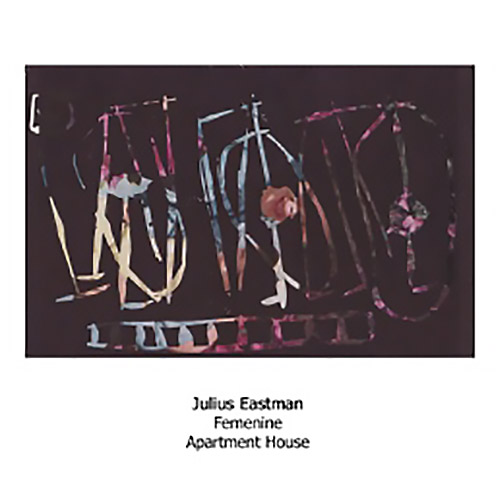
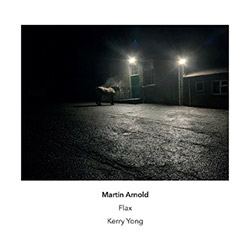
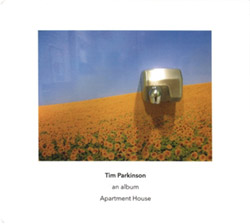
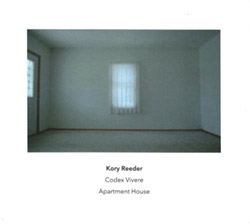
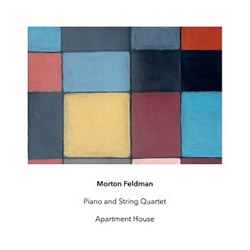
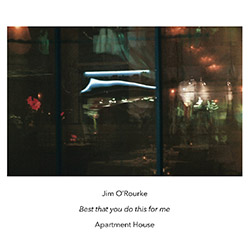
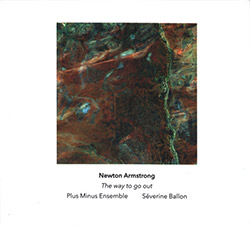
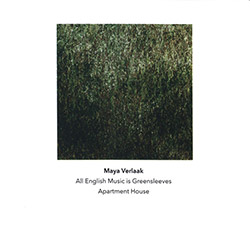
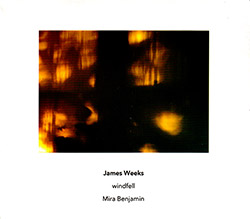
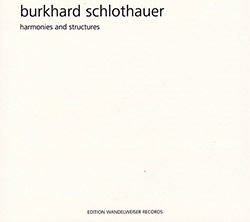
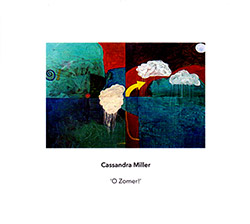
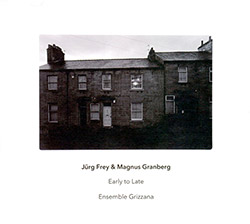
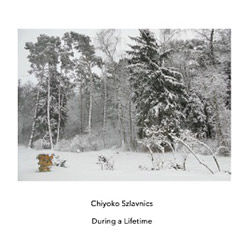
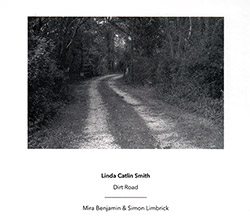
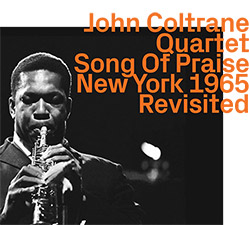
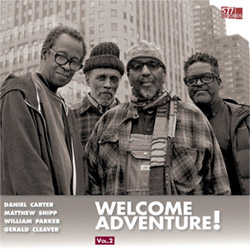
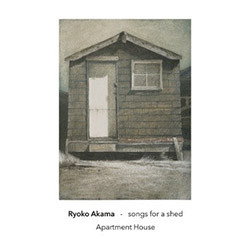
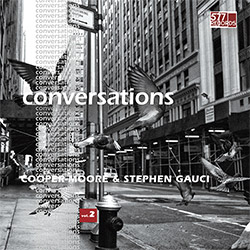
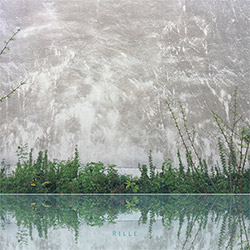
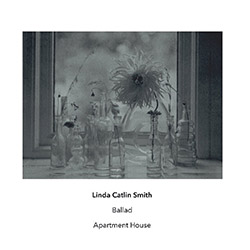
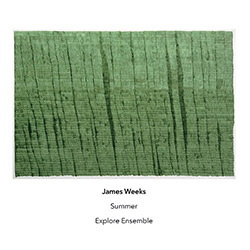

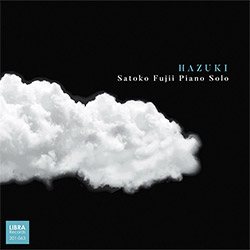
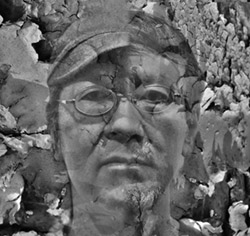
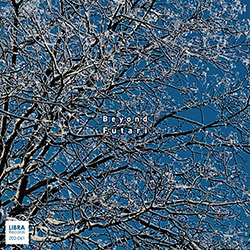
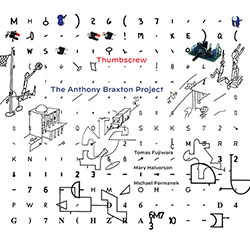
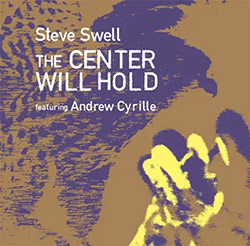

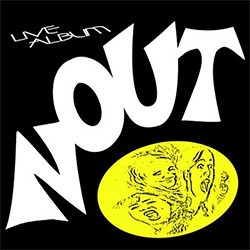
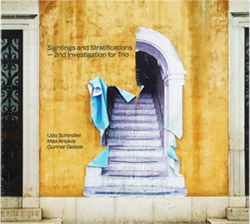
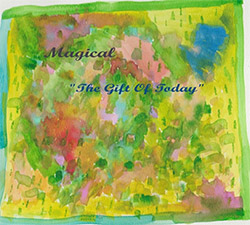
![Segel, Jonathan / Chaos Butterfly: Hall of Mirrors [2 CDs]](https://www.teuthida.com/productImages/misc4/36026.jpg)
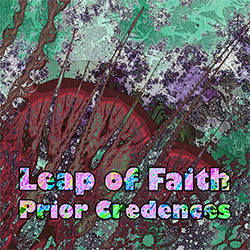
![Taylor, Cecil Quintet (w/ John Coltrane / Kenny Dorham / Chuck Israels / Louis Hayes): Stereo Drive + 2 Bonus Tracks (limited Edition) [VINYL]](https://www.teuthida.com/productImages/misc4/35811.jpg)
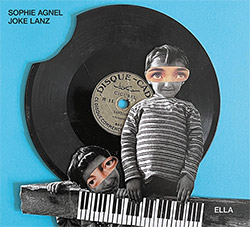
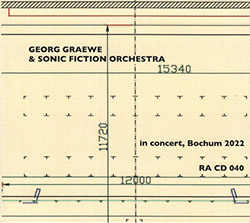
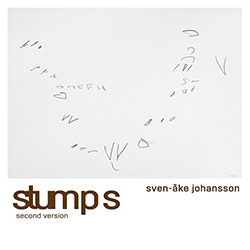
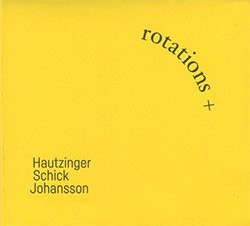
![Laubrock, Ingrid: Purposing The Air [2 CDs]](https://www.teuthida.com/productImages/misc4/35639.jpg)
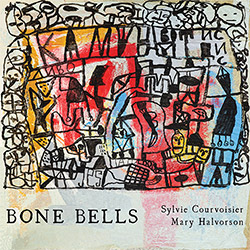
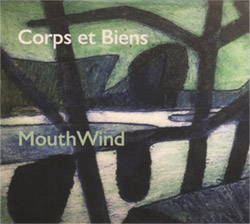
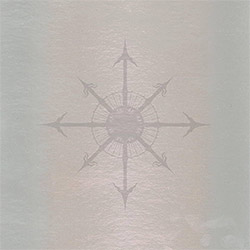
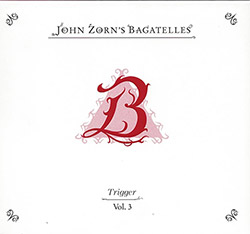
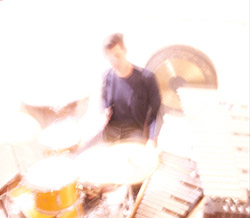
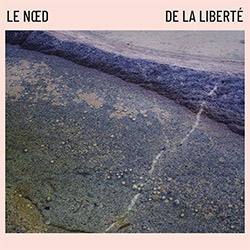
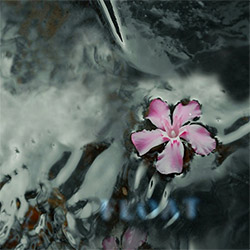
![Yiyuan, Liang / Li Daiguo: Sonic Talismans [VINYL]](https://www.teuthida.com/productImages/misc4/35957.jpg)
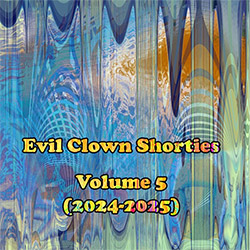
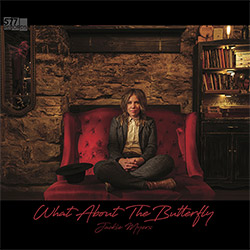
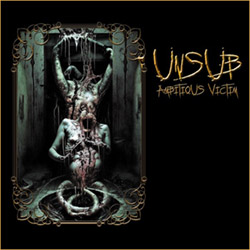
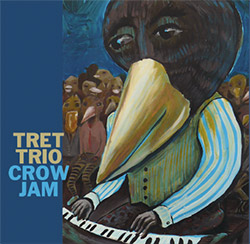
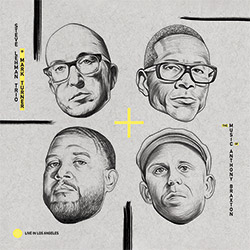
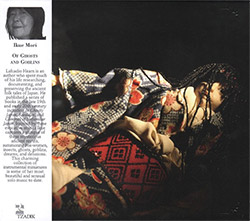
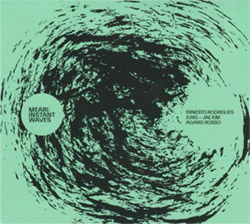
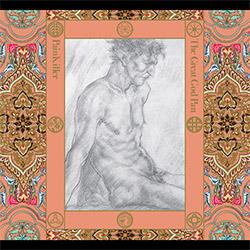
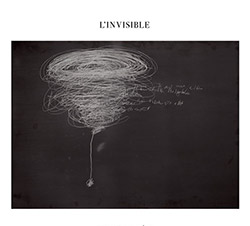
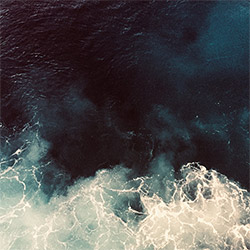
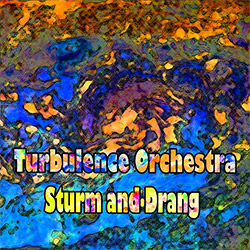
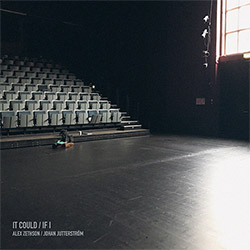
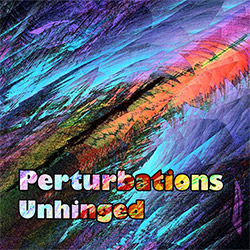
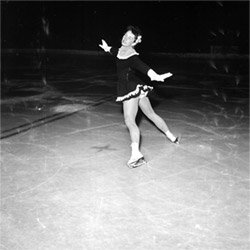
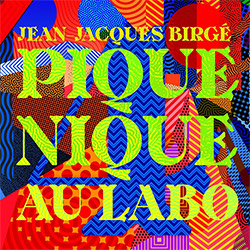
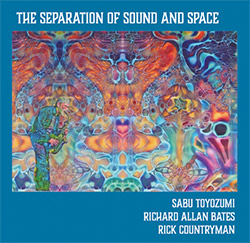
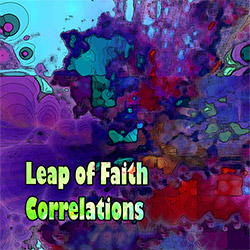
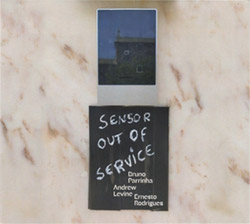
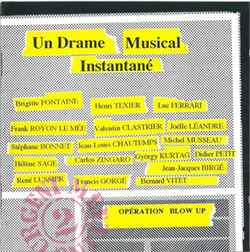
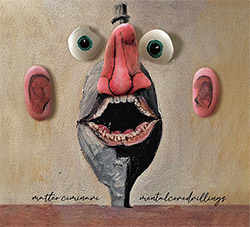
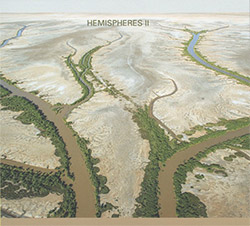
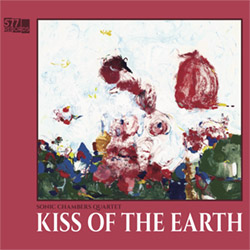
![Brotzmann, Peter / John Edwards / Steve Noble / Jason Adasiewicz: The Quartet [2 CDs]](https://www.teuthida.com/productImages/misc4/35975.jpg)
![Brotzmann, Peter / John Edwards / Steve Noble / Jason Adasiewicz: The Quartet [VINYL 2 LPs]](https://www.teuthida.com/productImages/misc4/35976.jpg)
![Thomas, Pat: The Solar Model of Ibn-Al Shatir [VINYL]](https://www.teuthida.com/productImages/misc4/36044.jpg)
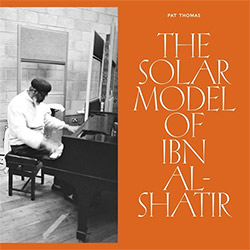
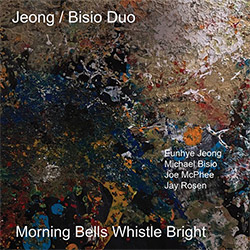
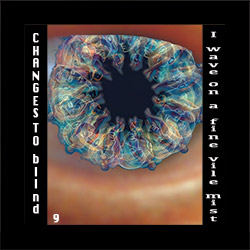
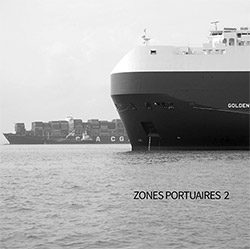
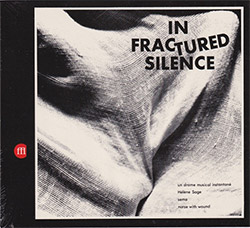
![111 (Michelle / Villamil): Live at Opus 40 [CASSETTE]](https://www.teuthida.com/productImages/misc4/35986.jpg)
![del Pino, Francisco / Charlotte Mundy: The Sea [CASSETTE]](https://www.teuthida.com/productImages/misc4/35987.jpg)
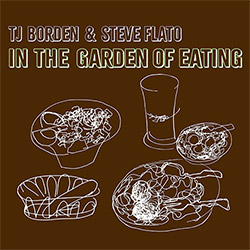
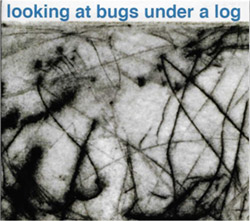
![Niblock, Phill / Anna Clementi / Thomas Stern: Zound Delta 2 [VINYL]](https://www.teuthida.com/productImages/misc4/34623.jpg)
![Myers, David Lee : Tin Drop Tear [BOOK w/ DOWNLOAD]](https://www.teuthida.com/productImages/misc4/36030.jpg)
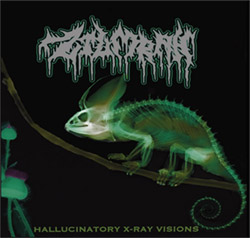
![Ackerley / Prymek / Turner: All Hope With Sleeping Minds [CASSETTE]](https://www.teuthida.com/productImages/misc4/35950.jpg)
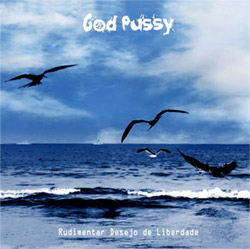
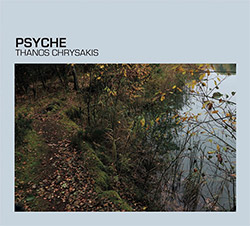
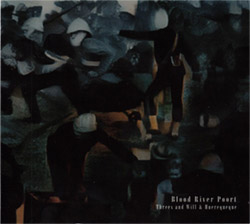
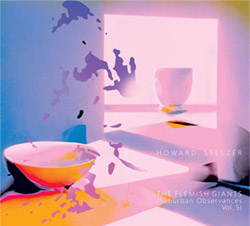

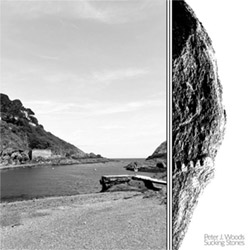
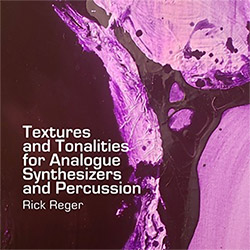
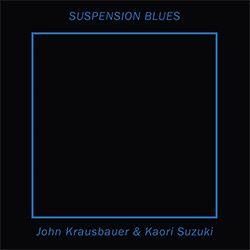
![Olencki, Weston : Pearls Ground Down To Powder [VINYL]](https://www.teuthida.com/productImages/misc4/35956.jpg)
![Myers, David Lee: Oculus [2CDs]](https://www.teuthida.com/productImages/misc4/35857.jpg)
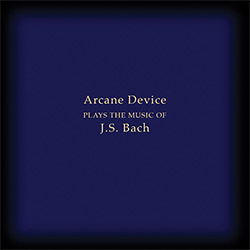
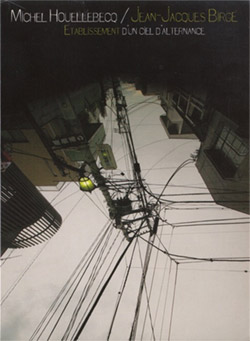
![dustsceawung: dustsceawung [CASSETTE w/ Download]](https://www.teuthida.com/productImages/misc4/35753.jpg)
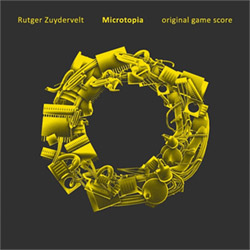
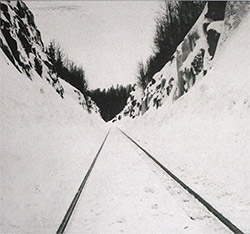
![Yoko, Ono / The Great Learning Orchestra: Selected Recordings From Grapefruit [2 CDs]](https://www.teuthida.com/productImages/misc4/35841.jpg)
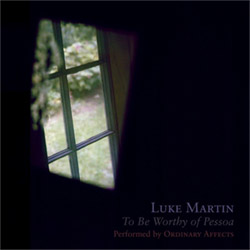
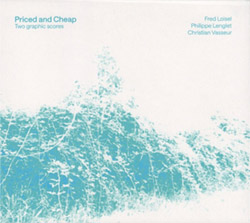
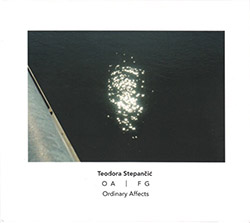
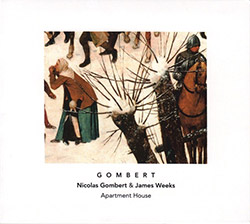
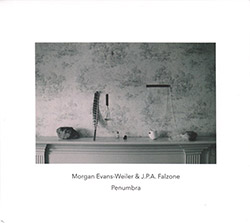
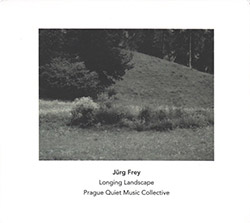
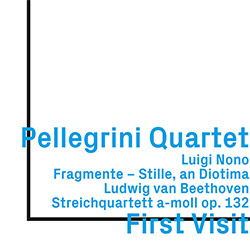
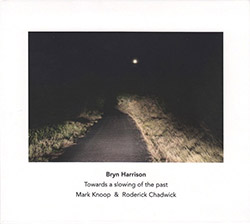
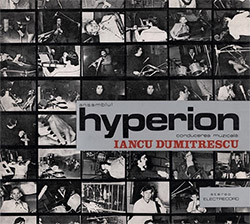
![Zorn, John / JACK Quartet: The Complete String Quartets [2 CDs]](https://www.teuthida.com/productImages/misc4/35609.jpg)
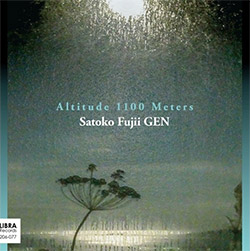
![Lonsdale, Eden: Dawnings [2 CDs]](https://www.teuthida.com/productImages/misc4/35480.jpg)
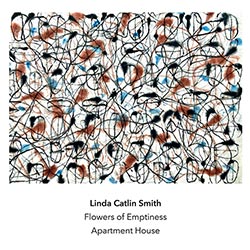
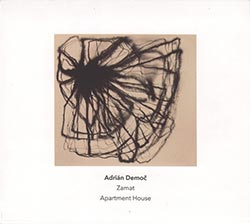
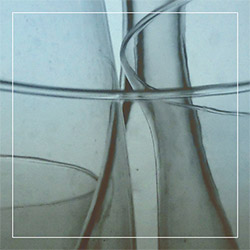
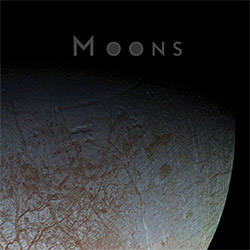
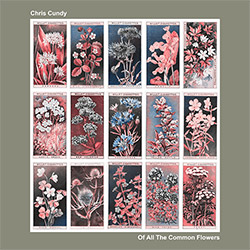
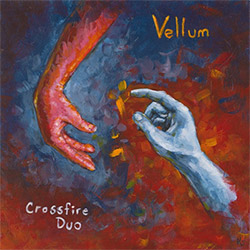
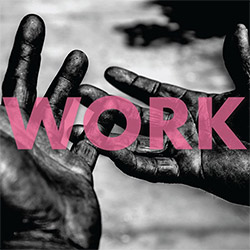
![Sanna, Claudio: Compositori Sardi Contemporanei II [2 CDs]](https://www.teuthida.com/productImages/misc4/35317.jpg)
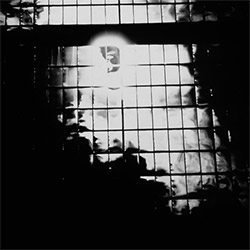
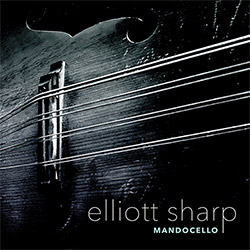
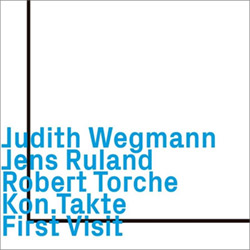
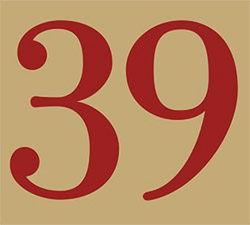
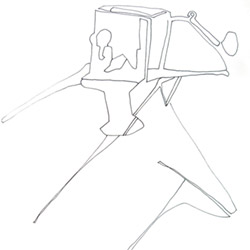
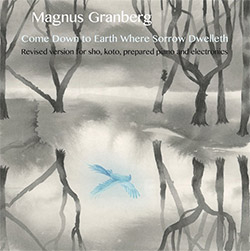
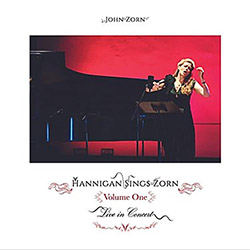
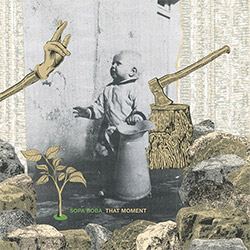
![Electric Bird Noise / Derek Roddy: 8-10-22 [CD EP]](https://www.teuthida.com/productImages/misc4/35970.jpg)
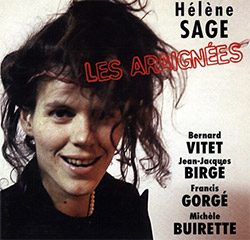

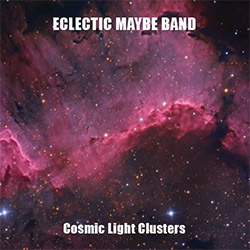
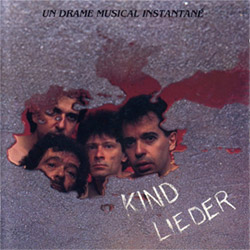
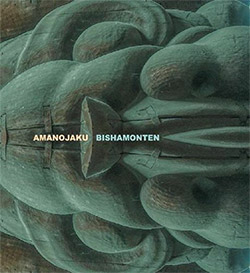
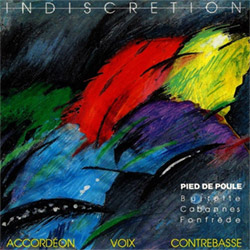
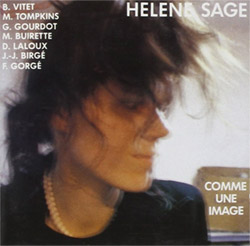
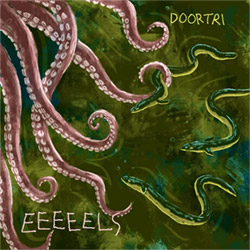
![Elephant9 : Mythical River [VINYL]](https://www.teuthida.com/productImages/misc4/34624.jpg)
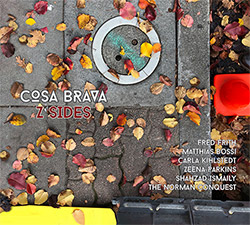
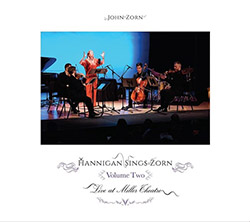
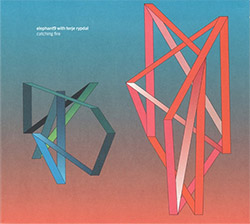
![Elephant9 with Terje Rypdal: Catching Fire [VINYL 2 LPs]](https://www.teuthida.com/productImages/misc4/35355.jpg)
![Deerlady (Obomsawin, Mali / Magdalena Abrego): Greatest Hits [VINYL]](https://www.teuthida.com/productImages/misc4/34876.jpg)
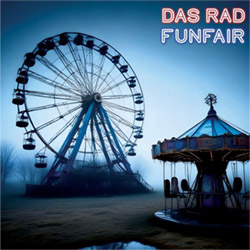
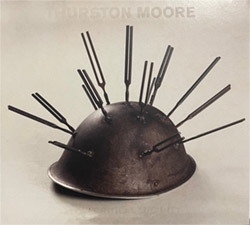
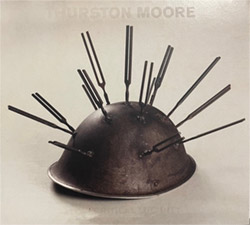
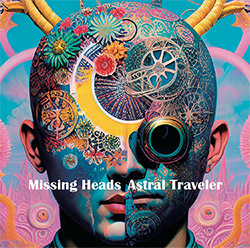
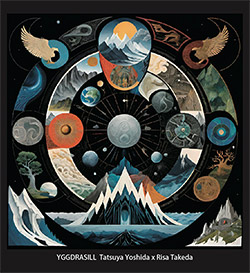
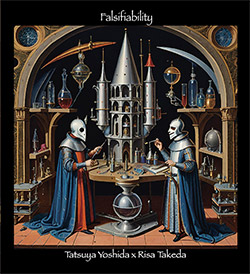
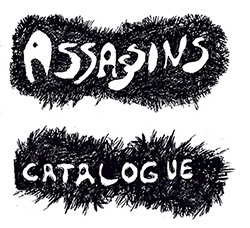
![Surplus 1980: Illusion of Consistency [CD]](https://www.teuthida.com/productImages/misc4/35069.jpg)
![Staiano, Moe: Away Towards the Light [VINYL + DOWNLOAD]](https://www.teuthida.com/productImages/misc4/35037.jpg)
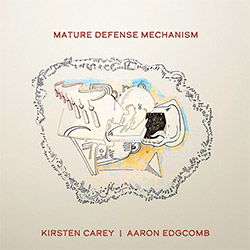
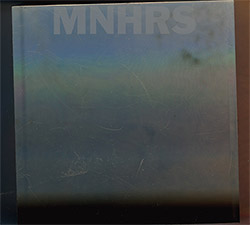
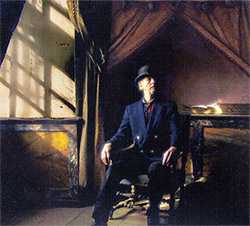
![Caveira (Gomes / Sousa / Abras / Ferrandini): Ficar Vivo [VINYL]](https://www.teuthida.com/productImages/misc4/34643.jpg)
![Coley, Byron: Dating Tips for Touring Bands [VINYL]](https://www.teuthida.com/productImages/misc4/17906.jpg)
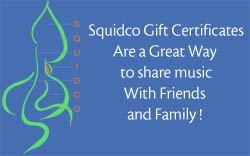
![Lost Kisses: My Life is Sad & Funny [DVD]](https://www.teuthida.com/productImages/misc4/lostKissesDVD.jpg)